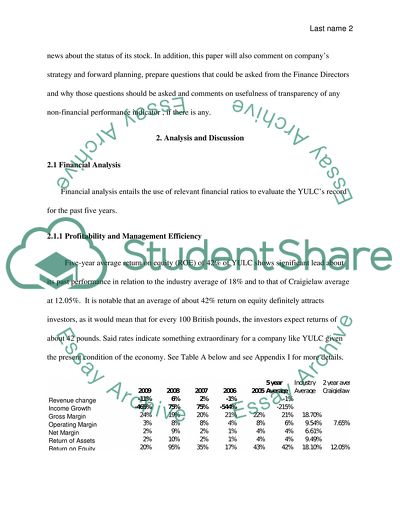Cite this document
(Financial Situation of the Yule Catto and Company PLC Case Study, n.d.)
Financial Situation of the Yule Catto and Company PLC Case Study. Retrieved from https://studentshare.org/finance-accounting/1744936-analysis-of-published-financial-information
Financial Situation of the Yule Catto and Company PLC Case Study. Retrieved from https://studentshare.org/finance-accounting/1744936-analysis-of-published-financial-information
(Financial Situation of the Yule Catto and Company PLC Case Study)
Financial Situation of the Yule Catto and Company PLC Case Study. https://studentshare.org/finance-accounting/1744936-analysis-of-published-financial-information.
Financial Situation of the Yule Catto and Company PLC Case Study. https://studentshare.org/finance-accounting/1744936-analysis-of-published-financial-information.
“Financial Situation of the Yule Catto and Company PLC Case Study”, n.d. https://studentshare.org/finance-accounting/1744936-analysis-of-published-financial-information.


